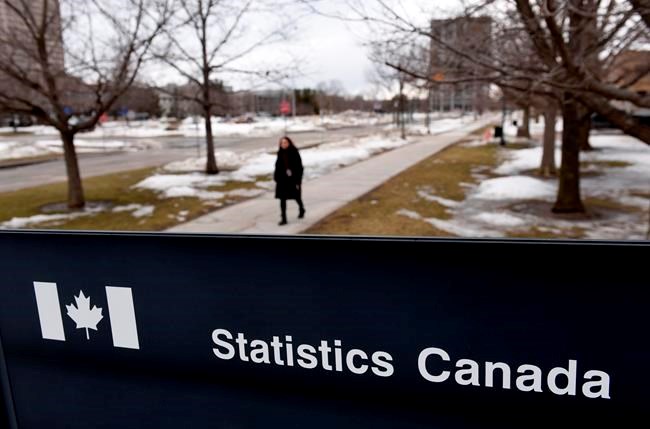Canada's economy has seen a constant stream of layoffs hitting companies from the tech sector and beyond in recent months while many employers lament a shortage of workers, but neither seem to be weighing heavily on the country's jobs numbers.
Statistics Canada's latest labour force survey said Friday that January's unemployment rate held steady at five per cent — just above the record low of 4.9 per cent reached in the summer — as the country added a whopping 150,000 jobs.
Some 326,000 jobs have been added since September alone, bucking forecasts predicting the higher cost of borrowing would slow the economy down significantly this year and create employment level upheaval.
What is going on in the labour market right now?
"The overriding story is we have more exits from the labour market than entrances to the labour market because of population aging, because of demographics, because the boomers that were born after the Second World War, not just in Canada but anywhere... are aging out of the labour force," said Armine Yalnizyan, an economist and the Atkinson Fellow on the Future of Workers.
"We had fertility rates drop, birthrates drop in the subsequent generation, so in terms of native born, there's just not as many people.to fill in the shoes of the people that are leaving."
With the last baby boomers turning 65 in 2029 and people now often working beyond the age of 65, Yalnizyan said this pattern will likely continue for at least the next decade.
At the same time, the labour force has grown faster than the population, she said.
"At any point in our labour market history of collecting data, we have never seen Canadians working this much," she said.
"More of them working full-time, more of them are engaged in the labour market in one way or another, more of them are working longer hours and more of them are getting closer to what they trained for."
How are temporary foreign workers contributing to this trend?
Temporary foreign workers saw a 13 per cent increase in their employment in the latest labour force survey.
"There is no other group in the country that has seen this kind of growth and the jump in employment," Yalnizyan said.
Because these people aren't permanent residents, she expects it to generate more churn in the labour market, which will keep wage growth lower.
Why are the January jobs numbers so significant?
The 150,000 new jobs recorded in January was 10 times more than expected and most of those jobs were full-time, said Sherry Cooper, chief economist at Dominion Lending Centres, in a note to investors.
The number is significant, she said, because it places the employment rate at a pre-pandemic level.
"The Canadian jobs market is showing no signs of slowing," Cooper said.
"This has to make the Bank of Canada at least a bit nervous."
With the U.S. jobs market data in January also "robust" and Jerome Powell, chairman of the U.S. Federal Reserve, indicating interest rates are likely to rise further, hinting the Bank of Canada may have to mirror the U.S. if inflation doesn't drop.
We are hearing lately about a lot of layoffs, especially in tech. Is that impacting job numbers?
In recent months companies as big as Shopify Inc., Canopy Growth Corp. and Postmedia Network Corp. have conducted layoffs, but Yalnizyan doesn't see it having much of an effect on the labour market.
It's possible these cuts have little effect because they are impacting workers with skills that are in demand and there are plenty of other employers ready to scoop them.
Even amid the cuts, Carrie Freestone, an economist with the Royal Bank of Canada, said job postings are still up 50 per cent from pre-pandemic levels, but have come down in recent months.
"It remains our view that labour markets will not remain this tight over the near term," she said, in a note to investors.
Meanwhile, actual, or non-seasonally adjusted, employment fell by 125,000 in January.
Before the pandemic, that figure would sit at 250,000 to 300,000 in a "normal" January, said Douglas Porter, BMO Capital Markets chief economist, in a note to investors.
"So, evidently, there simply were far, far fewer layoffs than in a normal year at the start of 2023," he said.
"Instead of an actual hiring boom, what we instead saw last month was a layoff freeze, given how hard it is to find workers in the current environment."
Where are job gains coming from?
"The big sectors that are continuing to grow are retail and hospitality because they are playing catch up and health care because we need it," said Yalnizyan.
Wholesale and retail trade experienced the largest gains to employment, adding 59,000 jobs, followed by 40,000 jobs added in health care and social assistance.
Most jobs added to the economy were full-time, while people aged 25 to 54 drove the gains.
— With files from Nojoud Al Mallees in Ottawa
This report by The Canadian Press was first published Feb. 14, 2023.
Companies in this story: (TSX: WEED, TSX:SHOP)
Tara Deschamps, The Canadian Press



